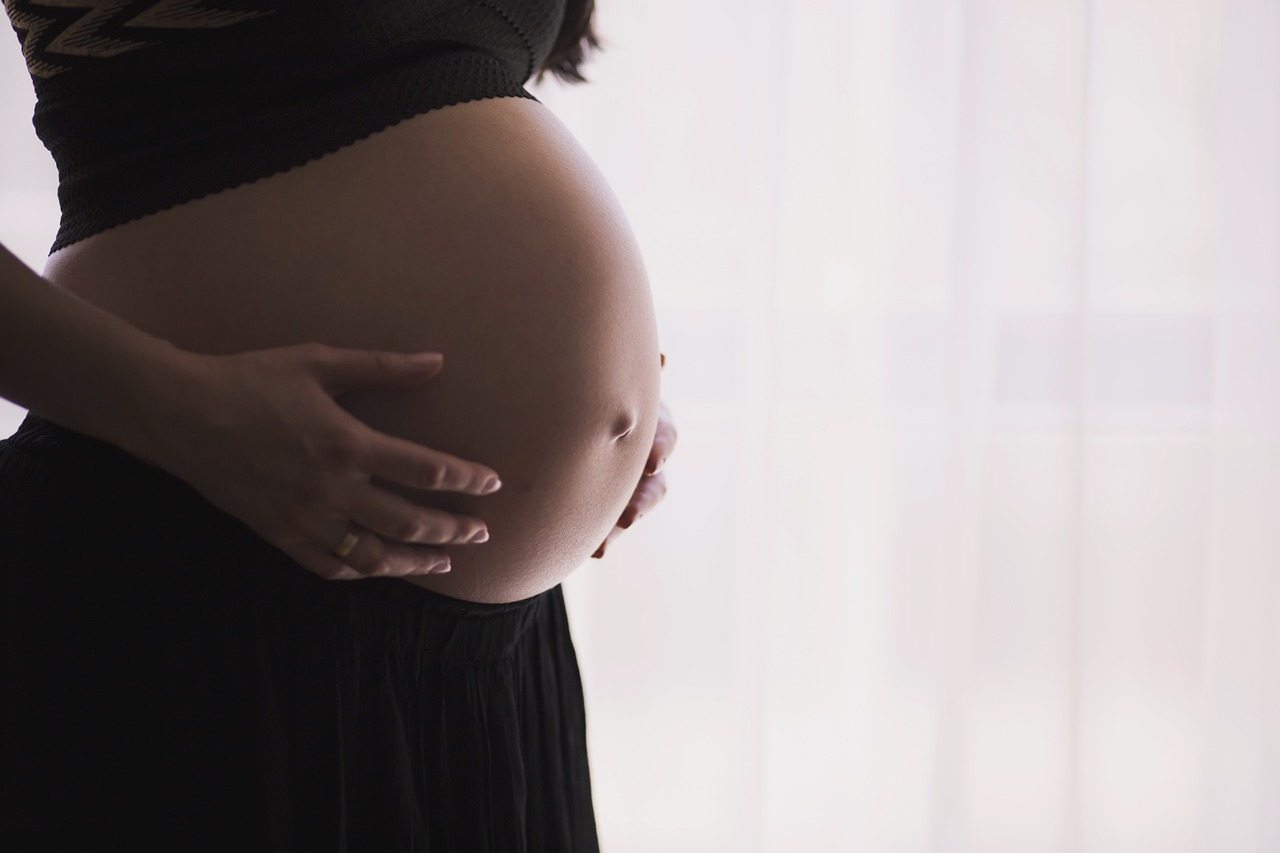
I believe that a natural labor and birth is likely to optimize the next natural event – breastfeeding! So, I invited Stephanie Larson, founder of Dancing for Birth™, to be my guest on a recent podcast. I admit, I was a little skeptical. But after talking to Stephanie for only a few minutes, I was convinced that it works. Here are 5 reasons I believe that dancing in labor works.
1. Having a birth partner promotes an easier labor/birth
We’ve talked about this before! You’ve probably heard my earlier podcasts with Theresa Bailey, Amber Thomas and doulas. They have helped us to understand that, statistically, laboring women experience several benefits, including shorter labors with fewer interventions, when they have a trained partner. But you don’t have to believe them – or me. For years, the World Health Organization has been preaching the benefits of labor support from a trained helper. And the laboring woman’s partner who is dancing in labor has had special training.
2. Upright postures facilitate safer labor for the fetus and decrease pain for the mother
Trust me, I’ve been following these studies since the 1970s. My early publications in peer-reviewed journals focused on the effects of posture in labor. Hence, the academic me knows the science on this topic, and the clinical me has seen the benefits of upright posture in labor. There is no doubt in my mind that upright postures, which have been used for centuries, are physiologic.
Supine postures, on the other hand, have been shown to adversely affect fetal heart rate and may increase maternal stress hormones.
Upright postures use the pull of gravity, and this affects uterine contractions, decreases pain, and reduces the need for pain relief in labor. Studies have proven what we all might intuitively know: gravity helps the fetal head to descend. And, multiple studies have shown that this use of gravity results in shorter first and second stages of labor.
3. Movement, including pelvic tilt, works
Dancing in labor certainly involves movement and pelvic tilt. Andrews and O’Neil showed that pelvic tilt exercises appear to reduce the intensity, as well as the duration of pain in labor. And, research has shown what we all might surmise – that rocking or swaying movements facilitate the decent of the fetal head. It all just makes sense, doesn’t it?
4. Dancing may increase levels of circulating oxytocin
Let’s pull this out of the context of labor or birth for a moment. How about just dancing? I’ve heard that dancing increases levels of circulating oxytocin.
I cannot find any scientific studies to substantiate this as truth. However, PhD-prepared clinical psychologist and former professional dancer Dr. Peter Lovatt, has conducted multiple studies in his dance lab that show that dancing affects circulating hormones which in turn affect health. (His video, at mark 18:50, is fascinating, as well as funny!) He also asserts that the hip movements relate to fertility cycles!
But this is for sure a truth! My parents once took a course in ballroom dancing, and they loved to dance. Hence, they carted me off for dance lessons early in life. Even now, when I have a big “performance” hanging over my head – a course to teach, a deadline to beat, a meeting to run, or an exam to prep for – I put on some great music and I dance! It makes me feel better.
5. A recent study shows the efficacy of dancing in labor
Yes, yes, there’s a randomized controlled trial that has been published!
Abdolahian and colleagues (2014) conducted a fascinating study with 60 first-time mothers, aged 18-35 years. In the dance group, 30 women labored upright and used pelvic tilt and rocked their hips while their partner massaged their backs and sacra. The control group (n = 30) received the usual care. The researchers carefully controlled for bias and confounding variables. What did they learn about dancing in labor?
“Mean pain score in the dance labor group was significantly lower than the control group (p < 0.05). The mean satisfaction score in the dance labor group was significantly higher than in the control group (p < 0.05.)”
Simply stated, the dance movements significantly reduced pain intensity and increased satisfaction among the laboring mothers in the experimental group.
I admit, I was skeptical about the science to back up the idea of dancing in labor. However, when you think about it, dancing involves a number of factors: being upright, moving, being with a partner, releasing hormones — and it all just makes a lot of sense.
Have you tried dancing in labor? Share your experiences in the comments below!
